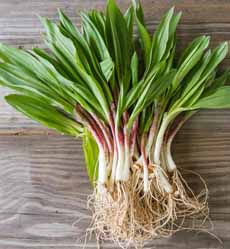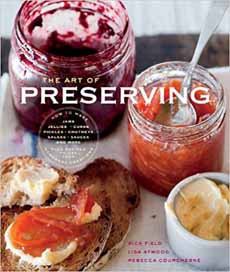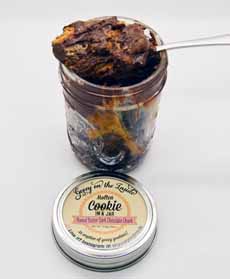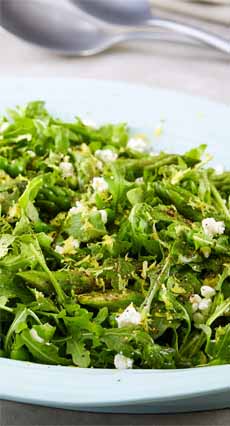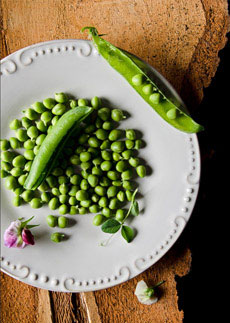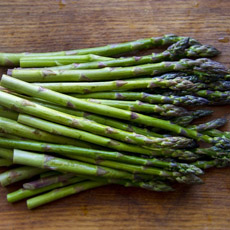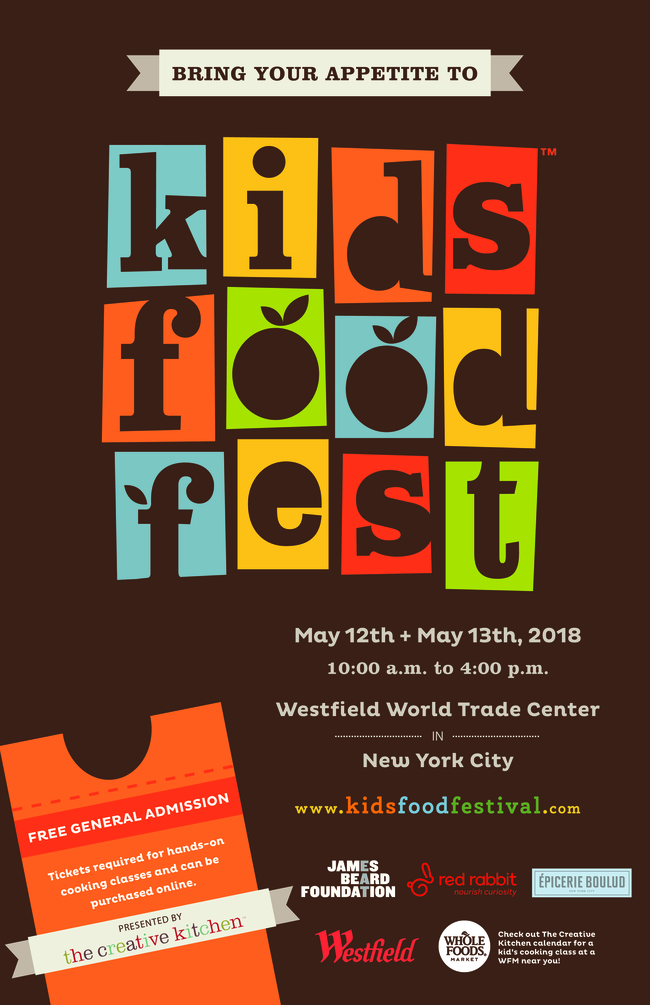|
At this time of year, we receive nonstop recipes for tequila cocktails in anticipation of Cinco de Mayo, May 5th.
Personally, we love Margaritas—plain and flavored with fruit purée. We prefer to focus on other celebratory ideas—like a Taco Party.
The renowned master of Mexican cuisine, Chef Rick Bayless tells us that the name for a taco party is a taquisa.
He suggests offering several taco fillings, baskets of steaming hot fresh tortillas, a variety of toppings including cheeses, chopped cilantro, and a selection of salsas.
> January 5th is National Fish Taco Day.
> March 21st is National Crunchy Taco Day.
> October 4th is National Taco Day.
> The history of tacos.
TACO PARTY MENU
Spread everything out on a table for a DIY taco bar. While we go for warm, flat tortillas, buy shells if that’s your preference.
Also consider a salsa bar, with not just tortilla chips but a selection of crudités (the healthy eaters and calorie-counters will thank you).
There are so many different types of salsa, from salsa verde made with green tomatillos, to corn and black bean salsa, to fruit flavors such as peach and mango.
And of course, different heat levels. If you don’t know the heat preferences of your guests, opt for mild and medium heat.
You can pick up a selection of favorites at a specialty food store. Or, for people who ask “What can I bring,” anyone can make a good salsa.
Another great task to delegate: putting together a festive music mix.
Taco Bar Ingredients
Make a selection from these ingredients. If we’ve left out any of your favorites, please let us know!
Tortillas: corn tortillas, flour tortillas, taco shells, tostadas.
Fillings: ground cooked beef, sliced chicken, fish fillets, shrimp, sliced steak.
Toppings: chopped tomato, grilled onions, grilled peppers, guacamole or diced/sliced avocado, shredded iceberg lettuce or romaine, sour cream (crema), salsa.
Garnishes: chopped cilantro, diced onions/scallions, hot sauce, lime wedges, salsa, shredded cheese (cotija, cheddar, Mexican blend, pepperjack), sliced jalapeños, olives and radishes.
For Special Diets
Lettuce wraps.
Vegetarian chicken, e.g. Morningstar Farms Chik’n Strips.
Plus:
Rice and beans (check out this recipe for Cilantro Lime Rice.
If you have enough guests, serve both black beans and pinto beans.
Mexican slaw (recipe).
Tortilla chips.
Dessert
Fruit salad.
Mexican brownies, with cinnamon and chili powder (recipe.)
Paletas, the Mexican word for ice pops.
Beverages
Beer.
Iced tea.
Margaritas.
Soft drinks.
Water.
THE HISTORY OF CINCO DE MAYO
Cinco de Mayo, which commemorates the May 5, 1862 The Battle Of Puebla, the victory of a small and poorly-equipped Mexican militia over a much larger French army. It temporarily stopped the French invasion of the country.
Today, Cinco de Mayo is primarily a regional holiday celebrated in the Mexican state of Puebla. The city of Puebla, where the momentous battle took place, celebrates liberty and freedom with a big fair, replete with music, games and of course, food.
|
|

[1] Great spread: beef, chicken and shrimp tacos (photo ƒ Urban Accents).

Fancy: duck (shown) or steak tacos (photo © Art De Fete).

[3] Grilled chicken, avocado, fresh cilantro and sliced radishes. The spicy heat of the radishes makes it an ideal taco topping (photo © Heather Christo).

[4] Taco bar fixings (photo: eBay).
|
Cinco de Mayo is actually a much bigger event in the United States than it is in Mexico, thanks to American promotional know-how, a large population of Mexican-Americans, and nationwide fans of Mexican food, music, and a good celebration.
Many Americans look forward to celebrating Cinco de Mayo each spring.
In addition to food and music, some communities have cook-offs of Tex-Mex and Mexican favorites, burrito eating contests, and other competitions.
You may not want to host a menudo cook-off in your backyard, but how about a best guacamole or best homemade salsa challenge?
Mexican Independence Day
Cinco de Mayo is not Mexican Independence Day.
That honor goes September 16th, known as Grito de Dolores (The Cry of Dolores, the town where the battle began). It’s the most popular holiday in Mexico.
Here’s the scoop on Mexican Independence Day, commemorating the beginning of the Mexican War of Independence from Spanish colonial rule in 1810.
As with America’s Independence Day, the Mexican National Day of Independence is a patriotic holiday, with celebratory drinks, food, and fireworks.
CHECK OUT WHAT’S HAPPENING ON OUR HOME PAGE, THENIBBLE.COM.
|

